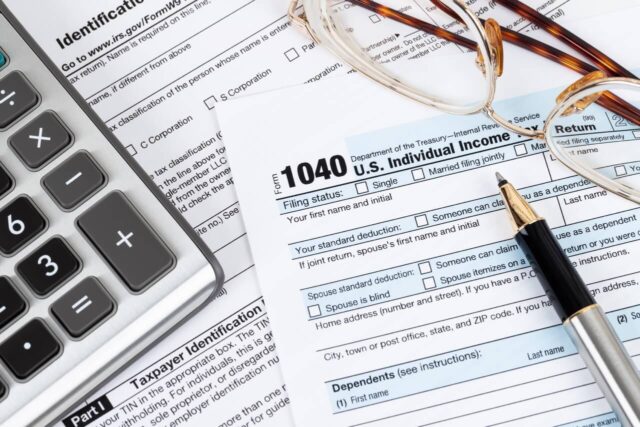
How to Prioritize Debt Repayment
Are you looking to make progress on paying off debt? If you have multiple debts, it can be challenging to know which to pay off first. In this post, we will explore best practices for prioritizing debt payoff.
Which Debt Should I Pay Off First?
The most significant difference among debts is the interest rates. The higher the rate, the more money it costs you. The faster you pay off debts with higher interest rates, the more money you save, and the quicker you progress towards your financial goals. Paying off the highest interest rate first is called the stacking method (compare this to the snowball method).
Using the stacking method here is generally the order in which you should pay off your debts:
1. Payday Loans
A payday loans area short-term loan meant to tide you until your next paycheck. The problem is that payday loans have an average interest rate of 391%. If you borrow $100, you will have to pay $391. That is why it’s so important to pay off payday loans first! Companies are now offering employee benefit alternatives, such as same-day pay, as alternatives to payday loans.
2. Credit Cards
The average interest rate on a credit card is 15.97%. That sounds like a bargain compared to payday loans, but it’s still high. While most payday loans are for relatively small amounts of money (typically under $1,000), credit cards can have balances of tens of thousands of dollars. Once your payday loans are gone, credit card debt is the next debt you should pay first.
If you have several credit cards with balances, focus on paying off the one with the highest interest rate first, and then work your way down to the others.
3. Private Student Loans
The interest rates on private student loans vary by lender but generally average between 6.17% and 7.64%. This often makes private student loan debt the next debt to prioritize paying off.
4. Federal Student Loans
Federal student loans typically have lower interest rates than private loans, with the average being between 4.66% and 7.27%. You should consider prioritizing these debts next.
5. Auto Loans
Next are auto loans. The average interest rate on an auto loan is 5.27%. It’s generally not the interest rate that is the biggest problem here but more so when you buy a more expensive vehicle than you can afford. As long as you’ve purchased a vehicle you can reasonably afford, this type of debt can go further down the list of which debt to pay off first.
6. Mortgage
Last on the list is your mortgage. A mortgage is a type of debt that isn’t necessarily considered “bad.” You need a place to live, and your home is an asset that builds value over time as you pay it off. Currently, mortgage rates range from 2.470% to 3.490%.
Becoming Debt-Free is the Goal
Using the stacking method is an excellent way of prioritizing debt payoff and deciding which debt to pay off first. Your ultimate goal is to pay off your debt and become 100% debt-free. It may not seem possible at first, but you can eventually achieve complete financial freedom by avoiding taking out any new loans and consistently paying off your debts.





